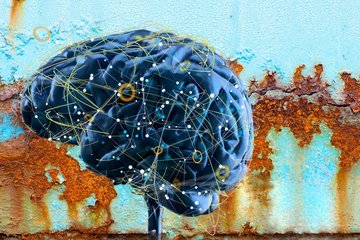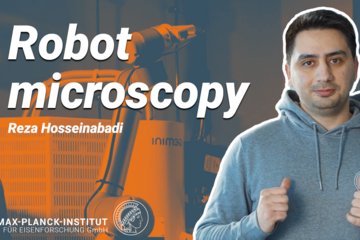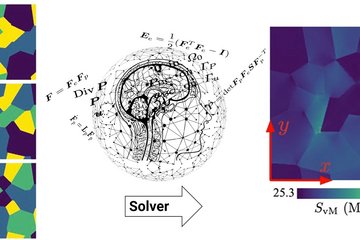All genres
61.
Poster
Near Surface Ion Distribution and Buffer Effects during Electrochemical Reactions. 14th Austrian Chemistry Days, Linz, Austria (2011)
62.
Poster
The Effective Surface pH during Reactions at the Solid/Liquid Interface. 63rd Annual Meeting of the International Society of Electrochemistry, Prague, Czech Republic (2011)
63.
Poster
Towards a Thermodynamic Theory of Electrochemical Reactions in Aqueous Media. A DFT Study of the Intermediates of Oxygen Reduction. 46th Symposium on Theoretical Chemistry, STC2010, Münster, Germany (2010)
64.
Poster
Theoretical Insights into the Mechanism of the Oxygen Reduction Reaction. Electrochemistry 2010, Ruhr-Universität Bochum, Bochum, Germany (2010)
65.
Poster
Spectroscopic Investigation of the Oxygen Reduction Reaction (ORR) on Semiconductor Surfaces. Electrochemistry 2010 - From microscopic understanding to global impact, Bochum, Germany (2010)
66.
Poster
Electrochemical oxygen reduction on semiconductor electrodes. 109th Annual meeting of the German Bunsen Society of Physical Chemistry (Bunsentagung), Bielefeld, Germany (2010)
67.
Poster
Intermediates in Oxygen Reduction Reaction: A Spectroscopic Study. 3rd EuChemS Chemistry Congress, Nürnberg, Germany (2010)
68.
Poster
FEM Simulation of the Scanning Electrochemical Potential Microscopy (SECPM). 2nd IMPRS-SurMat Workshop in Surface and Interface Engineering in Advanced Materials, Ruhr-Universität Bochum, Bochum, Germany (2008)
69.
Poster
A DFT study of Alkanethiol adsorption sites on Au(111) surfaces. 2nd IMPRS-SurMat Workshop in Surface and Interface Engineering in Advanced Materials, Ruhr-Universität Bochum, Bochum, Germany (2008)
70.
Poster
Cathodic Delamination by a Combined Computational and Experimental Approach: The Aklylthiol/Gold Model System. Multiscale Material Modeling of Condensed Matter, MMM2007, St. Feliu de Guixols, Spain (2007)
71.
Poster
Oxygen Reduction at Thiol SAMs on Au (111) – A Combined Experimental and Modelling Approach. The 210th Meeting of The Electrochemical Society, Cancun, Mexico (2006)











